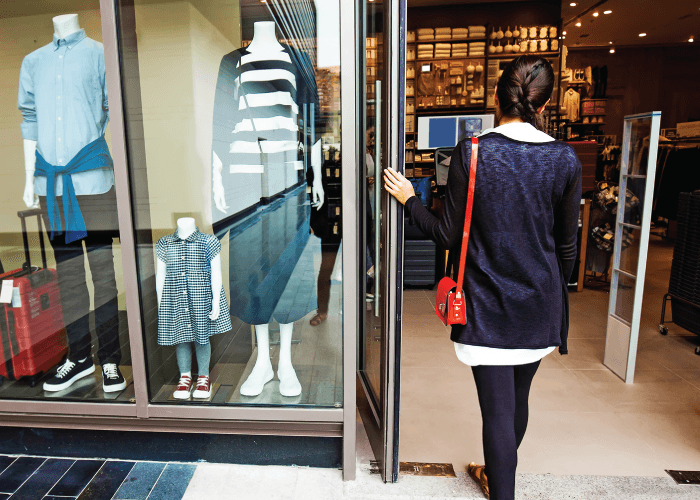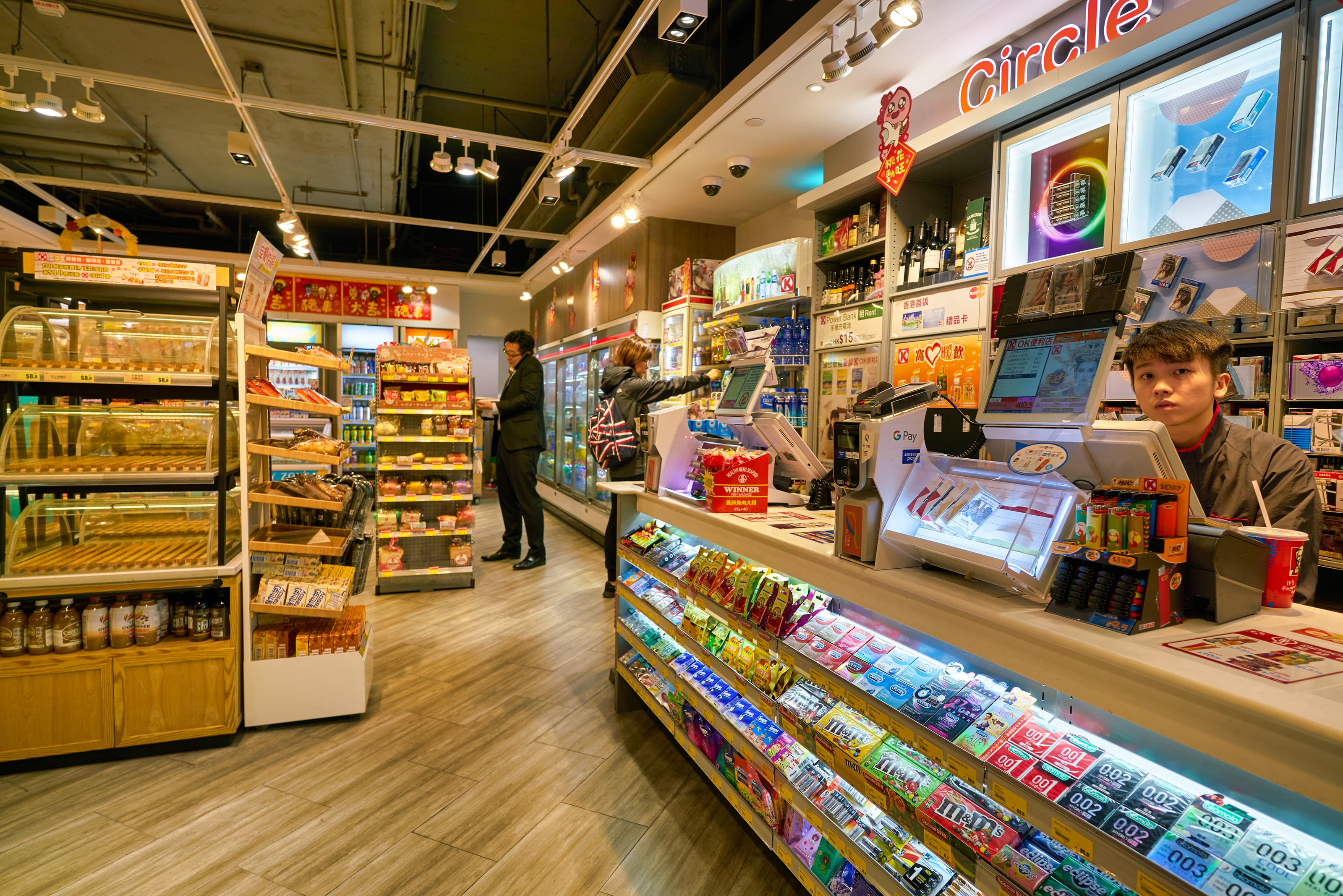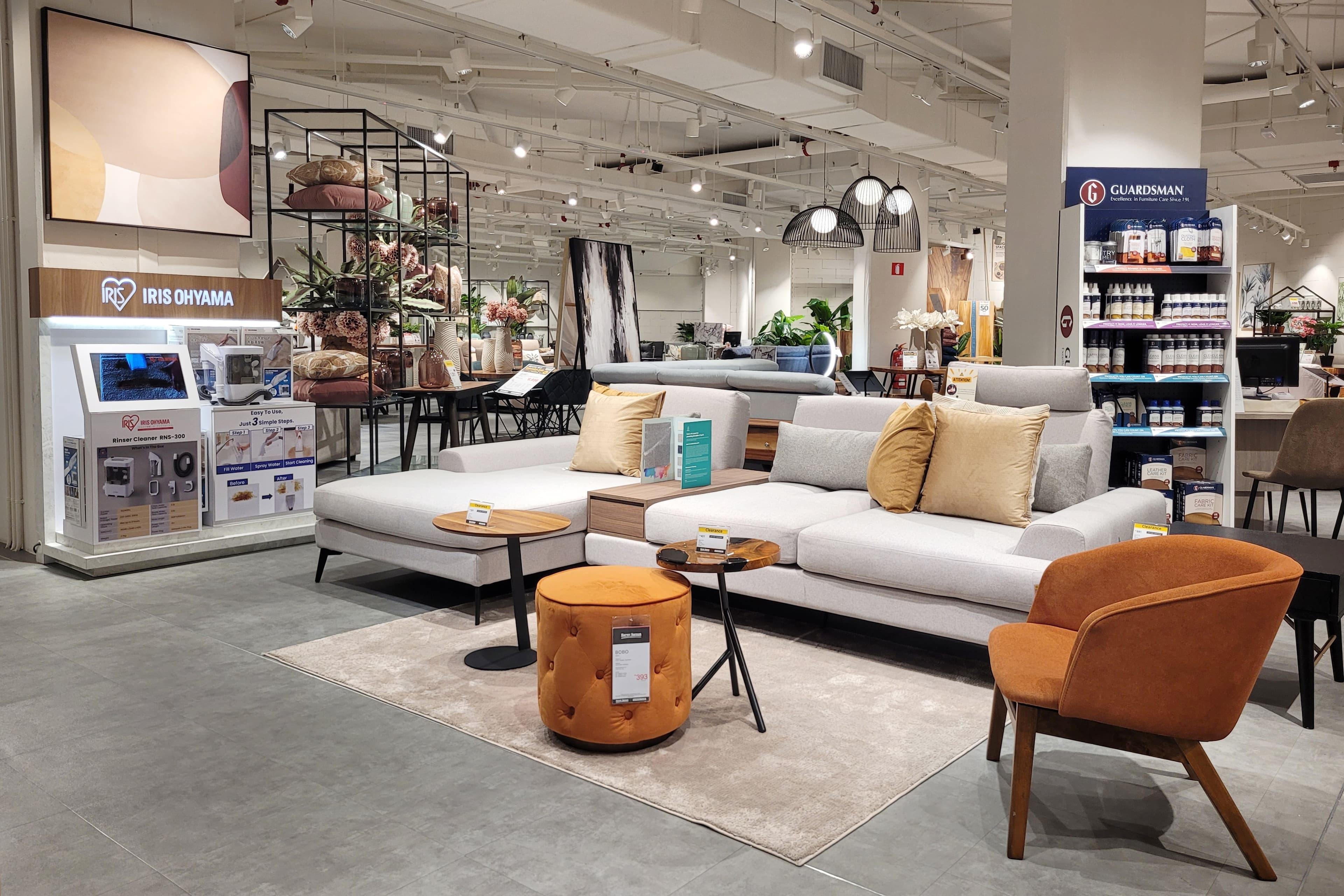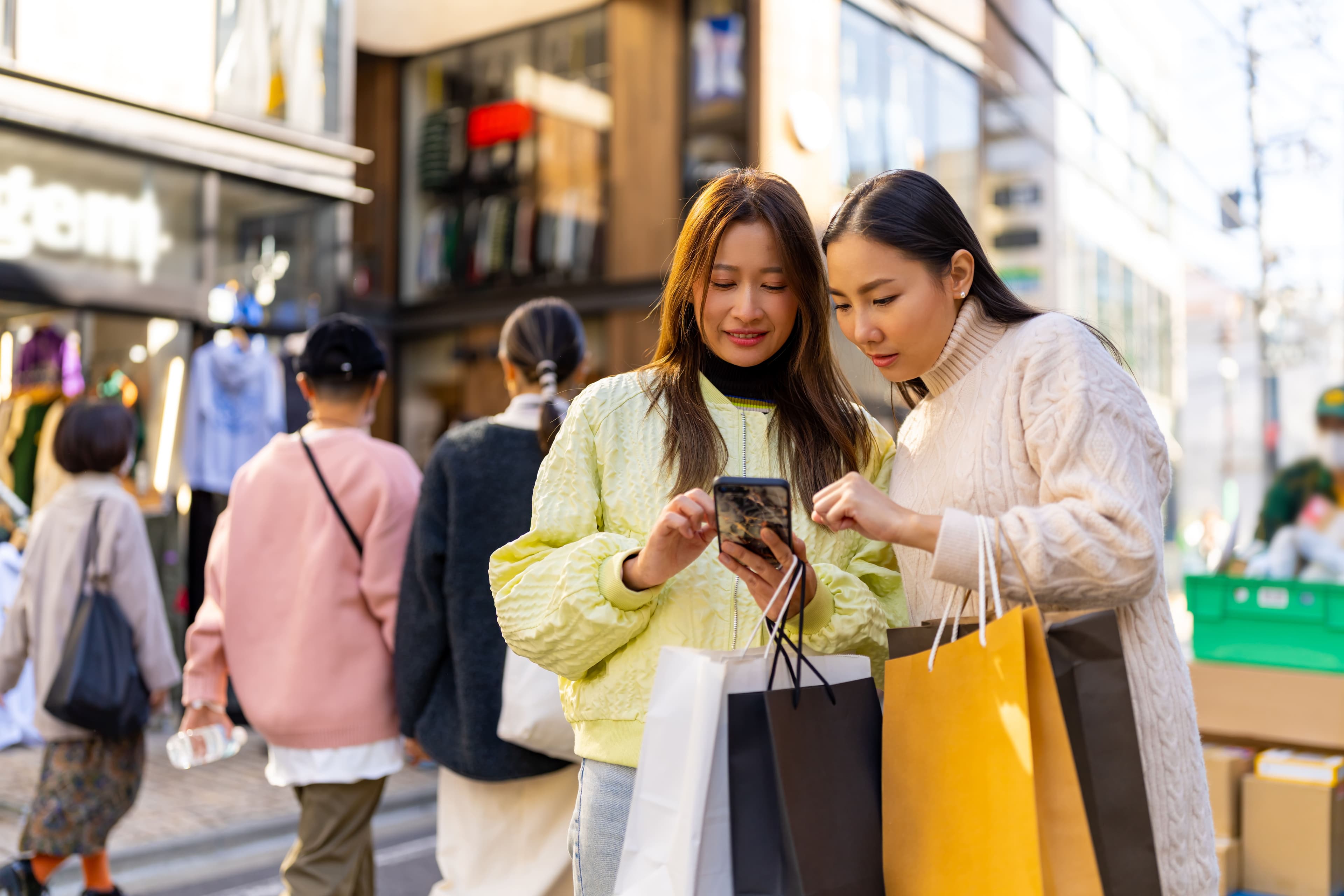Augmented Reality Transforms In-Store Navigation
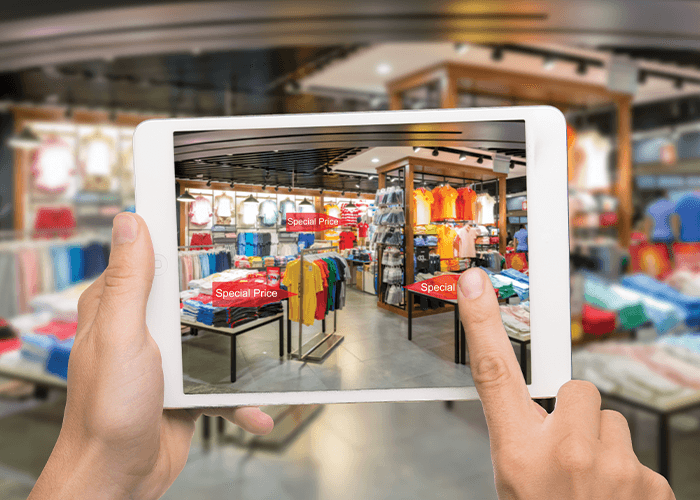
Digital transformation is sweeping through the retail industry and has changed the way consumers shop both online and at local stores. The competition between retail brands to capture shopper from one another in this environment will make or break many businesses going forward.
Consumers familiar with the shopping experience expect a smooth process without glitches or frustration. With less free time to spend on shopping, consumers continue to indicate they value the time-saving potential of technology. That was confirmed by the 2019 Consumer Retail Technology Survey showing that 61 percent of shoppers are looking for ways to save time.
Adding in-store navigation to a shopper's experience allows customers to find what they're looking for without wasting time.
Retailers have available to them several technology platforms to implement in-store navigation for shopping centers and brick-and-mortar outlets. The Mall of America, Harrod's, and Target have employed beacon technology for indoor navigation and proximity marketing.
According to Mike McNamara, chief information officer of Target, a typical Target store contains about 1,000 beacons. With an average price of $15 each, the operational costs for installation and maintenance increase rapidly as more beacons are added to improve navigation accuracy.
Another solution is to use in-store Wi-Fi access points to triangulate a shopper's location. This method is convenient because stores typically have Wi-Fi networks installed for employee and shopper internet access.
Apple developed a Wi-Fi-based mapping program in 2014, which was marketed to malls and retail centers in many countries. With the location of offers and product displays uploaded to servers, shoppers were able to find their own location and navigate to their desired products. Multi-story buildings made the process more complicated, but it was still functional. Google rolled out their own service, mapping locations for IKEA, Macy's, Bloomingdale's and other large retailers.
One of the first popular applications of AR technology for retail brands were apps that gave shoppers the chance to try a product before buying. But now, navigation solution developers have begun to employ AR technology to position user location with accuracy, often within a few inches, using an AR-markers method.
The visual AR-markers are easily integrated into a store interior in the form of wall posters or floor decals. Shoppers can begin a navigation session in the AR app by scanning a poster at the entrance. The app then displays the path to the selected product or aisle. Customers are given the convenience of finding exactly what they want, which blends online and in-store experiences and encourages them to return in the future.
As of May 2019, there are over a billion mobile devices capable of delivering an AR experience. With the wider availability of AR apps, the use of AR navigation technology is becoming a game changer for retailers. Applying a data science approach, brands can achieve a better understanding of shopper behavior in-store and their buying decisions. The arrangement of products in stores, sales models, and traffic studies all benefit from this combination. The synergy achieved brings a new era to the retail customer experience.
About the writer: Andrew Makarov is an Augmented Reality Lead Solution Architect at MobiDev (USA/Ukraine). He is experienced in mobile app development with integration of innovative technologies like Augmented Reality, Internet of Things, and Machine Learning.
Join the #retail, #SmartStore & #ConnectedJourney conversations on Twitter @RetailNext, as well as at www.facebook.com/retailnext.
About the author:

Andrew Makarov, MobiDev

